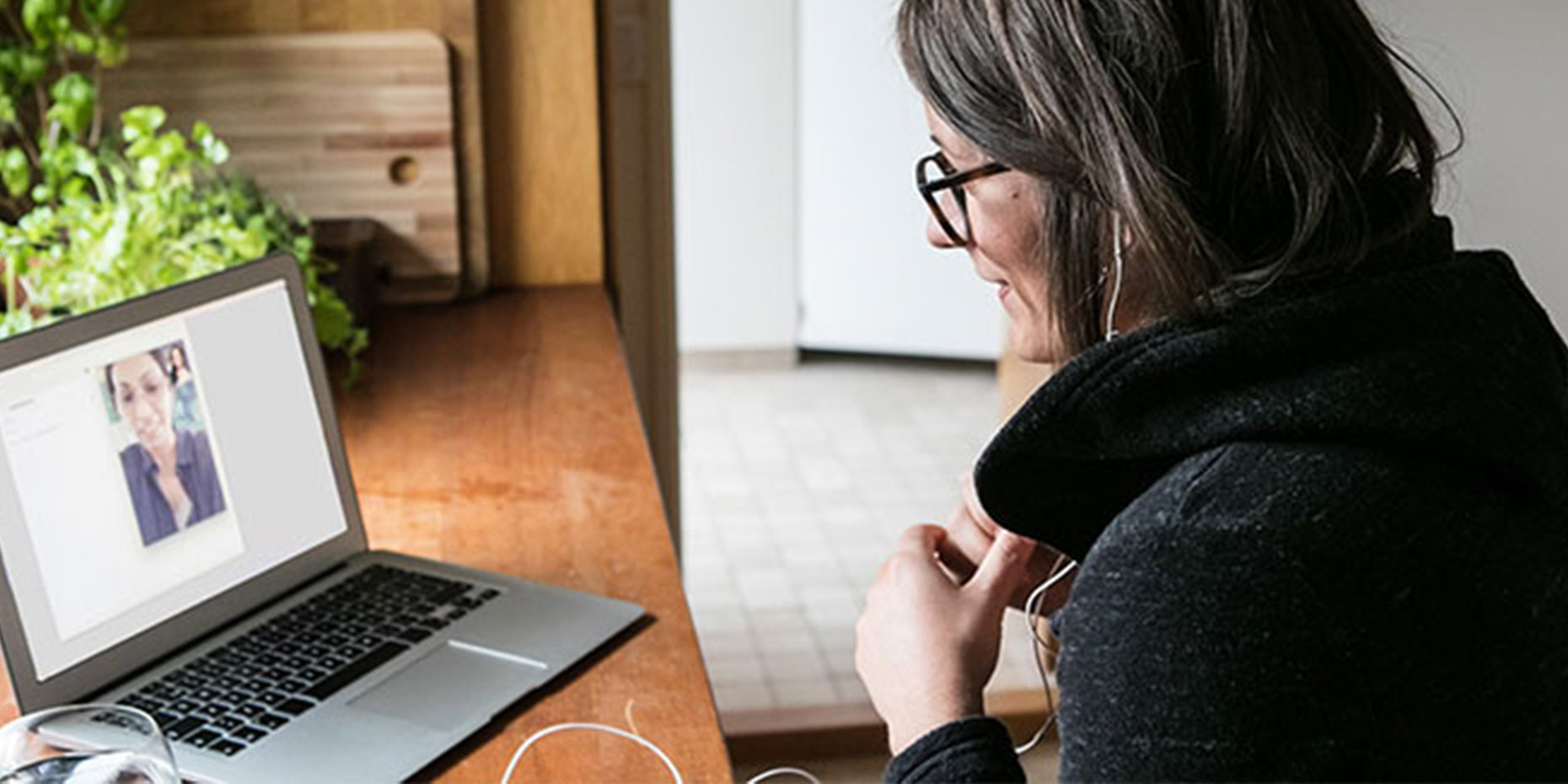Innovations
The COVID-19 Pandemic One Year Later: Silver Linings in a Very Dark Cloud
March 18th, 2021 | 4 min read

On January 21, 2020, the first United States resident was confirmed to have contracted the then novel 2019 coronavirus. On March 11, 2020, the World Health Organization (WHO) declared COVID-19 a global pandemic. The mysterious pathogen, now named SARS-CoV-2, is responsible for over 110 million cases and 2.4 million deaths, globally, according to The New York Times. Dr. Seema Csukas, CareSource Market Chief Medical Officer in Georgia, reflects on the past 12 months.
A year later, it’s understandably easy to reflect on this past year’s negativity, from being separated during the holidays to having our lives put on hold, but while it’s easy to see the bad, we now have a year of experience that reveals a few silver linings. Public health officials, doctors and researchers have observed that the pandemic is providing unexpected, yet positive, impacts due to the major shifts in human behavior, interaction and thought. To put it simply, humankind is doing something right.
Once the WHO officially announced that COVID-19 had become a global pandemic, shelves were cleared of all cleaning supplies, hand sanitizer, antibacterial wipes and more. While in some cases it took months for the supply chain to normalize, these products are now more readily available. The outcome is that we are now aware of how critically important personal hygiene is when it comes to avoiding infectious diseases. In fact, data analysts at Walgreens found that flu activity in November 2020 was 91% lower than in November 2019. This substantial decrease of flu activity can be directly attributed to individuals receiving the flu vaccine, practicing proactive personal hygiene measures and adhering to social distancing guidelines. As quickly as we want life to return to some semblance of normal, our collective continued actions are truly making a significant impact on community health.
In the past, when health problems would occur, one would simply schedule a face-to-face appointment with their healthcare practitioner. As COVID-19 swept across the world, many were avoiding seeking medical care in order to not further jeopardize their health. The increase in coronavirus cases led to the rise of telemedicine, an important virtual tool utilized to consult medical providers and to receive care. Telemedicine has allowed health care to persevere in a time of fear and confusion.
There is a growing demand for all doctor’s offices to offer a virtual component as well as an in-person option for appointments and check-ups. According to McKinsey, 46% of patients now say they use telehealth for some visits, and 48% of physicians now say they are treating patients via telemedicine, as reported by Merritt Hawkins. If your local providers have not yet adopted virtual appointments, the best solution would be to advocate for them so telehealth options are readily available for you and your community.
Our nation’s public health emergency has also endorsed the expansion of other telemedicine services, such as behavioral health. There has been a noteworthy uptick in those receiving behavioral health services through telemedicine since the pandemic began. For example, prior to COVID-19, CareSource saw less than 1% of outpatient behavioral health services being conducted through telemedicine. Now, CareSource renders 34% of those services through telemedicine.
Behavioral and mental health have often been considered taboo subjects that were surrounded in a stigma that deters open communication. Due to the COVID-19 pandemic, mental health is no longer viewed as an unmentionable topic. Talking about mental health with confidence and demonstrating vulnerability can be an empowering and understood experience as many are battling the same frustrations. The pandemic has changed the way we refer to and view mental health, broken the long-held stigma and allowed for those suffering to feel not as alone. Continue to encourage your friends, family and colleagues to have discussions about mental health and emotional well-being. When these dialogues occur, mental health becomes a part of the broader health landscape.
Although we cannot avoid acknowledging the negative impacts the pandemic has had on the global society, including increased isolation, long-term health effects and the unimaginable number of deaths, a year later, there are a few silver linings that we can take from this unprecedented time. The irony of these linings may hold beneficial lessons for future generations.


